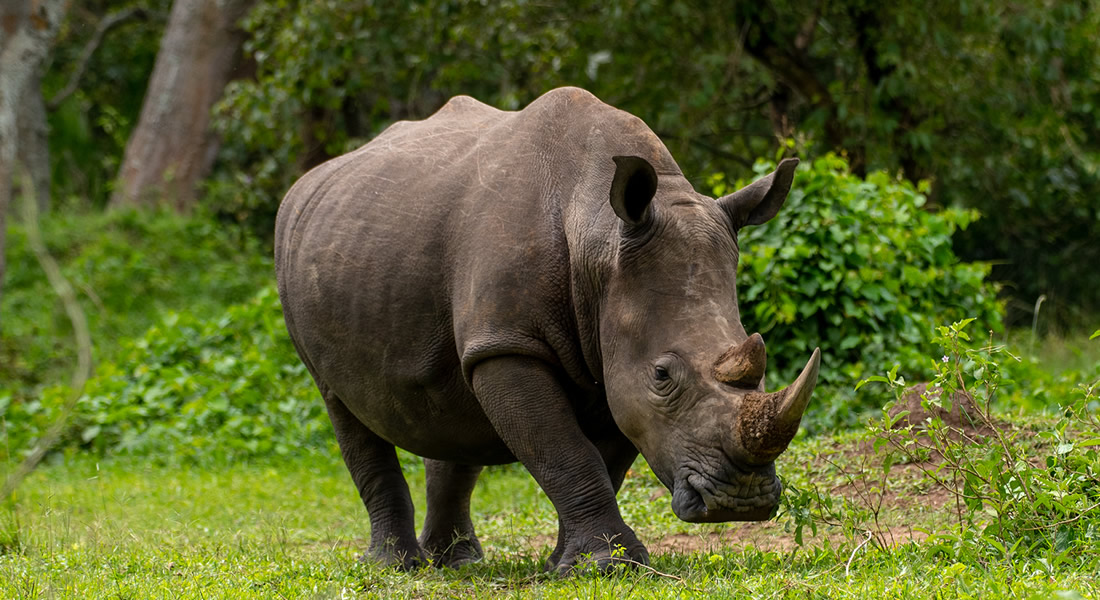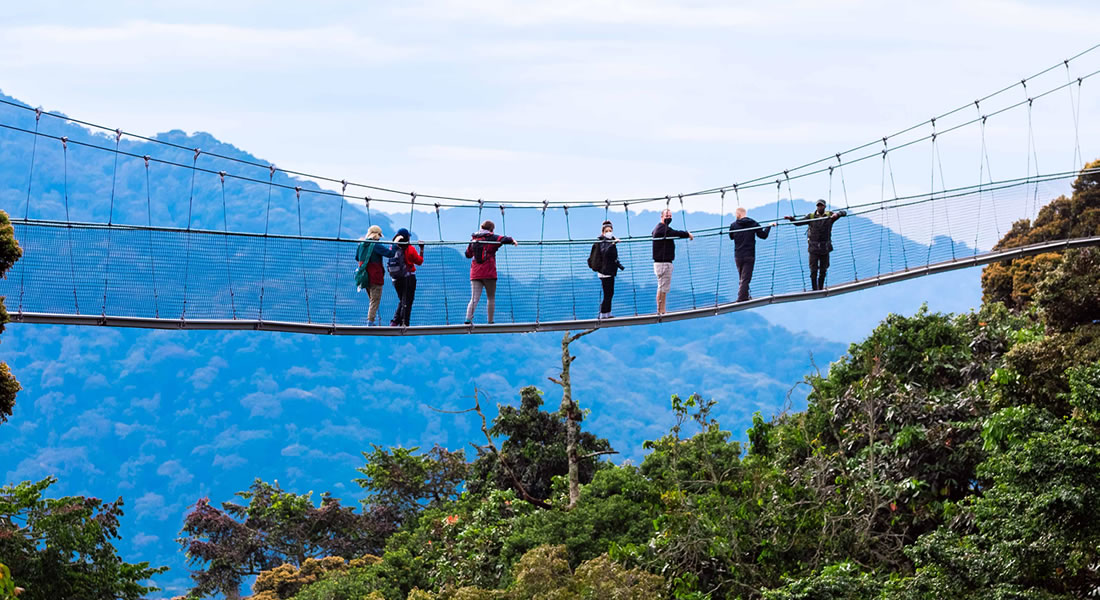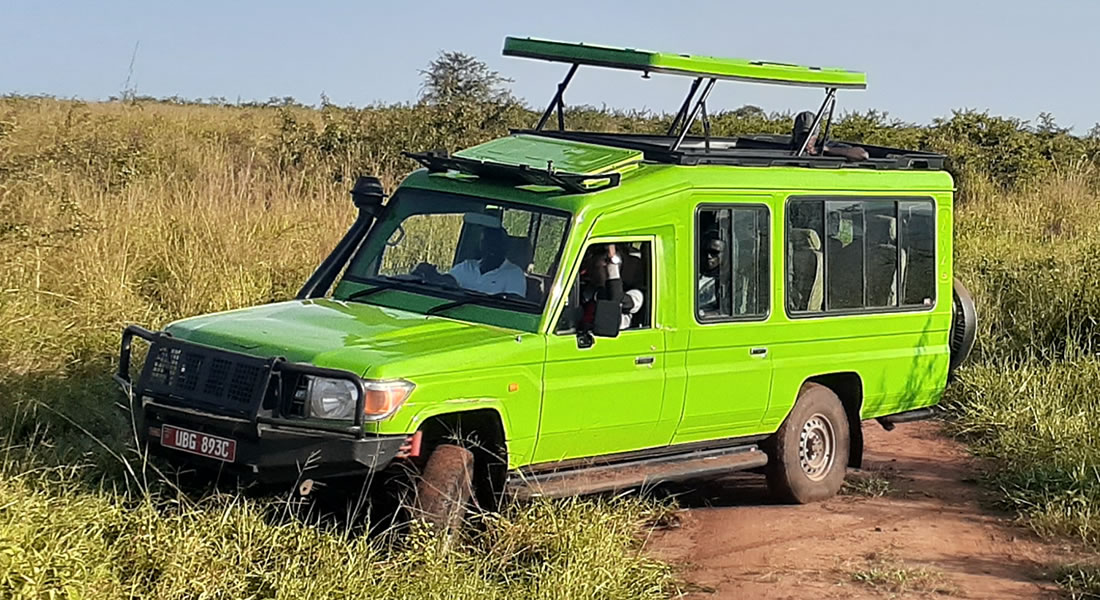Trekking with chimpanzees allows you to experience that incredible moment when the mysterious scene in…

Ziwa Rhino Sanctuary
In Uganda’s Nakasongola area, Ziwa Rhino Sanctuary is the only place where the critically endangered rhinos may still be found. A tiny population of 22 southern white rhinos, famed for rhino tracking, is safeguarded by the sanctuary. It has an area of 70 square km altogether. Beginning in 2002, rhinos were moved to the wildlife reserve. Following the arrival of two of them from Kenya, which were maintained at the Uganda Wildlife Education Centre, together with another six from Disney Animal Kingdom and Kenya, which resulted in the birth of young rhinos and a minor increase, there are now somewhat more rhinos.
The reserve was created as a response to the extinction of rhinos in Uganda in the 1980s. Initially, there were numerous rhinos scattered throughout conservation areas in northern Uganda, but before tragedy struck, they were only found at the Ziwa Rhino Sanctuary in the Nakasongola district. This was because of a severe political and economic crisis that hit Uganda at the time, and the high prices associated with rhino horn led to widespread rhino poaching.
Not until the civil wars, when rebels used the parks as hideouts and killed not only rhinos but other animals as well, were the species present in the nation. Ivory was thought to have unproven medicinal properties in Asia, including the treatment of cancer, hangovers, and infertility. Since it’s the only site where rhinos can be tracked on foot, the sanctuary was formed in 2005 and the rhinos were transported there by the rhino-fund Uganda.
The sanctuary is well-maintained in a 7000-hectare area of land that is separated from the rest of the Nakasongola district by an electrified fence, and one of the boundaries is a natural swamp that is home to the famous shoe bill and a variety of other bird species. People who go on birding safaris can include it in their safari for the bird caption.
There are five rhinoceros crashes living in the sanctuary, and when a calf is born, the mother separates from the crash to raise her baby until they are mature, though they may never get the chance to see their dads due to territorial issues, as only one male rhino leads a crash. Rhinos are social animals like elephants, are short-sighted, but have a very high sense of hearing and smell to compensate for the hearing.
The sanctuary still confronts a serious threat from human poaching of rhinos, as well as from males who bring long-horned cattle to graze, which poses a risk that their illnesses might spread to the rhinos.
In addition to rhinos, the sanctuary is home to more than 40 other animal species, including antelopes, crocodiles, hippos, and more than 300 bird species, including the fabled shoe bill. Rhino tracking is done on foot for about 2 to 3 hours with a qualified guide, giving you the chance to see these lovely animals graze in their natural habitats. People can freely wander the refuge. Other activities that may be done here include shoebill tracking, kayaking, birding hikes, nature walks, and night walks. For safety, it is advised to wear shoes, long pants and bug repellents.
When the population of the animals grows, the Uganda Wildlife Authority and the Rhino Fund Uganda have plans to move the rhinos back to their native homes near Murchison Falls and Ajai. When travelling in tandem to Uganda’s northern Murchison Falls National Park, one has the opportunity to observe all five of the big five (elephants, lions, leopards, and buffalo). It is Uganda’s biggest and oldest protected area.
Accommodation options, ranging from luxury to budget, are available at the Uganda Wildlife Bandas or the adjacent town of Masindi, which is located 176 kilometres from Kampala on the Gulu High Way towards Murchison Falls National Park.



